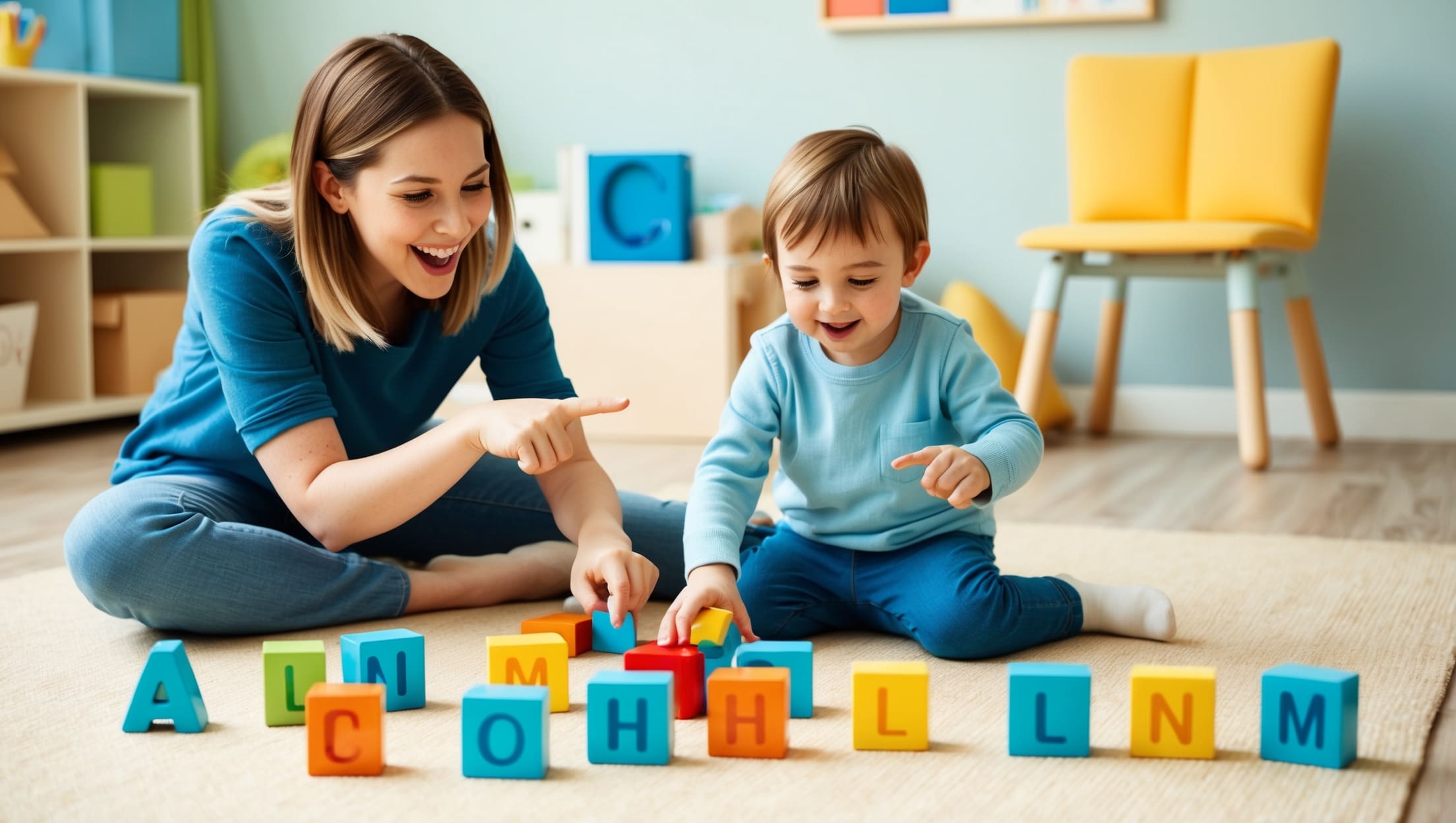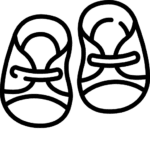Blog
How to Teach Your Child the Alphabet in a Fun Way

Is your child struggling to learn the alphabet? You’re not alone. Teaching the alphabet is one of the most essential steps in early childhood education. It lays the foundation for reading, writing, and overall literacy development. But the good news is: learning the ABCs doesn’t have to be boring or difficult. In fact, it can be a fun, exciting, and memorable experience for both you and your child.
In this article, we’ll explore creative and engaging methods to teach your child the alphabet in a fun way, including interactive games, crafts, songs, and daily routines. These playful strategies will not only improve alphabet recognition but also build a strong emotional bond with your child during the learning process.
Tip 1: Use Alphabet Games
Why it helps:
Children learn best through play. Alphabet games make the learning process feel less like work and more like a joyful activity, which keeps kids interested and engaged longer.
Letter Hunt Game
Turn learning into a scavenger hunt! Write letters on cards or use plastic alphabet toys and hide them around the house. Then, ask your child to find the letters one by one. When they find one, say the letter out loud together and come up with a word that starts with it. For example, “You found the letter B—B is for Ball!”
Alphabet Bingo
Create customized bingo cards with letters instead of numbers. Call out the letters randomly, and have your child place a marker on the matching square. This reinforces visual recognition and listening skills while making learning competitive and fun.
Interactive Apps and Games
Use technology to your advantage with educational alphabet apps. Look for phonics-based apps that allow your child to trace letters, match sounds, or play mini-games that involve identifying letters. Just be sure to monitor screen time and focus on interactive rather than passive learning.
Tip 2: Incorporate Letter Crafts
Why it helps:
Crafts provide a hands-on way to explore letters. This approach is especially useful for kinesthetic learners who benefit from touching, creating, and manipulating objects.
DIY Alphabet Crafts
Use household supplies like paper, glue, felt, or playdough to create letters. For example, shape the letter “A” using rolled playdough or cut out the letter “C” and cover it with cotton balls. Let your child personalize each letter to build a stronger connection.
Create Alphabet Art
Draw large letters on a sheet of paper and invite your child to decorate them with stickers, magazine cutouts, or natural materials like leaves and sand. This not only helps with letter recognition, but also fine motor development and creativity.
Letter Tracing
Practice tracing letters using crayons, paintbrushes, or even fingers in sand or shaving cream. This reinforces muscle memory and introduces children to the shapes and strokes required to write letters.
Tip 3: Sing Alphabet Songs
Why it helps:
Music and rhythm make learning stick. Singing the alphabet activates memory centers in the brain, helping your child remember letters faster and more effectively.
Classic ABC Song
Sing the ABC song daily—during bath time, while getting dressed, or on car rides. Repetition is key. Add hand movements or body gestures to engage your child physically as well as mentally.
Alphabet Rhymes
Use songs or rhymes that associate letters with objects or actions. For example:
“A is for apple, red and sweet—B is for bunny, with hopping feet!”
Visual cues or flashcards that go along with the songs reinforce sound-letter connections.
Clapping or Stomping with Each Letter
As you sing, have your child clap or stomp with each letter. This type of physical engagement makes learning active and multi-sensory, which enhances retention.
Tip 4: Read Alphabet Books Together
Why it helps:
Reading alphabet books is one of the best ways to teach children letter recognition, vocabulary, and early phonics. Books also encourage bonding and a love for reading.
Alphabet Books
Choose age-appropriate alphabet books with vibrant illustrations and large letters. Look for books that dedicate a page or spread to each letter, like “Chicka Chicka Boom Boom” or “Dr. Seuss’s ABC.”
Point and Say
As you read, point to each letter and say it out loud. Encourage your child to repeat after you or identify familiar letters. Repetition helps strengthen recognition over time.
Interactive Alphabet Stories
Select books that have lift-the-flaps, touch-and-feel textures, or rhyming stories. These types of books make alphabet learning tactile and immersive, keeping children involved throughout the experience.
Tip 5: Use Everyday Objects for Letter Learning
Why it helps:
Children are constantly observing their surroundings. Everyday experiences can be turned into educational moments, helping your child connect letters to real-world objects.
Label Household Items
Stick labels on objects like the fridge, door, mirror, or table with large, clear letters. Say, “F is for fridge,” every time you open it. This passive repetition reinforces word associations.
Alphabet Walk
Go on a walk and identify objects that start with different letters. For example, “Look! There’s a Tree—T is for Tree!” Make it into a game by trying to find one object for each letter of the alphabet.
Alphabet in Nature
Collect leaves, flowers, or small sticks and try to form letters on the ground or on paper. This outdoor alphabet learning combines nature play with early literacy skills.
Teaching your child the alphabet doesn’t require expensive materials or a strict curriculum. With creativity, consistency, and enthusiasm, you can turn everyday moments into powerful learning opportunities. Whether through alphabet games, craft projects, songs, books, or everyday interactions, your child will begin to recognize and remember letters with joy and confidence.
Always keep in mind that each child learns at their own pace. The most important thing is to make alphabet learning a positive and enjoyable experience. By doing so, you’re laying the foundation for strong reading and writing skills that will benefit your child for years to come.
So grab your ABC flashcards, crank up that alphabet song, and start exploring the wonderful world of letters—one playful step at a time.










